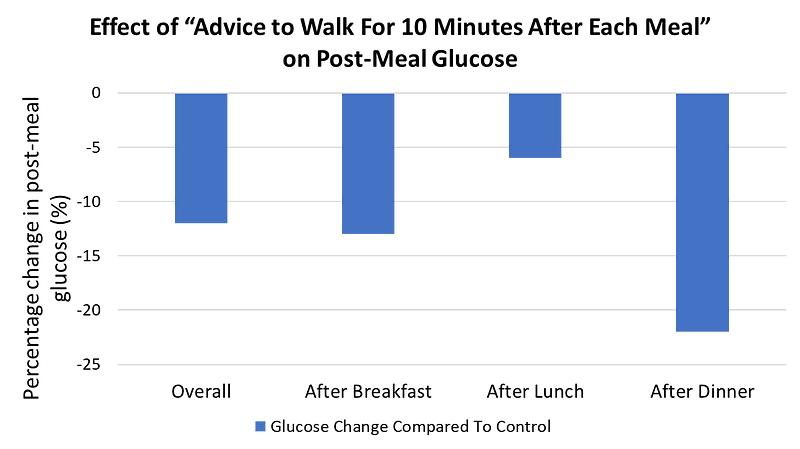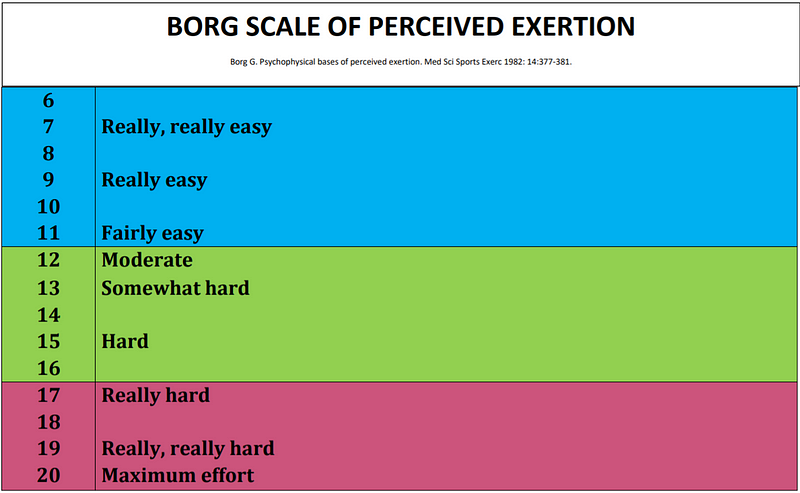Effective Walking After Meals: A Key Strategy for Diabetics
Written on
The Importance of Post-Meal Walking
Walking after meals is highly beneficial, particularly for those managing diabetes. Engaging in a brisk walk post-meal proves more effective than exercising at random intervals. While various forms of exercise contribute positively to overall health, brisk walking stands out as a simple and accessible option that requires no special equipment or training.
Research indicates that walking shortly after meals is especially advantageous for regulating blood sugar levels. This article will explore:
- Walking techniques,
- The rationale behind post-meal walking,
- The benefits for individuals with type 2 diabetes.
How to Walk: Timing Matters
Aim to walk for 10 minutes following each meal—breakfast, lunch, and dinner—starting within five minutes of finishing your food. Studies have shown that this approach leads to a significant reduction in post-meal blood sugar levels by approximately 12% compared to those who walked for 30 minutes at different times. Notably, the most considerable reduction occurs after dinner, with a decrease of 22%. Participants in these studies had been living with diabetes for around a decade, marking this improvement as clinically significant.

Interval Walking: Adding Variety
For those seeking a greater challenge, interval walking is a viable option. This technique involves walking for 20 minutes after each meal, commencing 30-40 minutes post-meal. Alternate between three minutes of slower walking and three minutes of brisk walking, aiming for a Borg Scale rating of 7-8 during slow intervals and 13-14 during fast intervals.

Interval walking has been shown to effectively lower blood glucose levels over a four-day study involving women with gestational diabetes, demonstrating a more stable glucose response when compared to sedentary behavior.
Why Walk After Eating?
While any physical activity is beneficial, research supports the idea that walking after meals specifically lowers post-meal blood sugar levels, a benefit not observed when walking before eating. This is crucial for those with pre-diabetes or diabetes. However, this does not diminish the value of pre-meal exercise, which can stimulate different metabolic pathways.
Understanding the Risks of High Post-Meal Blood Sugar
Elevated blood sugar levels after meals pose significant health risks, contributing to complications like eye damage, cardiovascular issues, and nerve damage. Thus, controlling carbohydrate intake and engaging in physical activity can mitigate blood sugar spikes, as illustrated in research findings.
Take-Home Messages for Better Health
- Strive to walk for at least 10 minutes after each meal. Incorporate this routine by walking after breakfast before work or after lunch, if feasible.
- If you're an office worker, consider a walking club in your community to encourage participation.
- Enjoy window shopping or walking your dog post-dinner to motivate yourself.
- If outdoor walks aren't possible, try standing activities around the house after meals.
Ultimately, avoiding sitting or lying down immediately after eating is key to better health.
Chapter 2: Practical Tips for Walking After Meals
This video demonstrates an effective walking routine after meals to help lower blood sugar levels.
Here, you’ll find a 10-minute walking workout designed to stabilize blood sugar after eating.